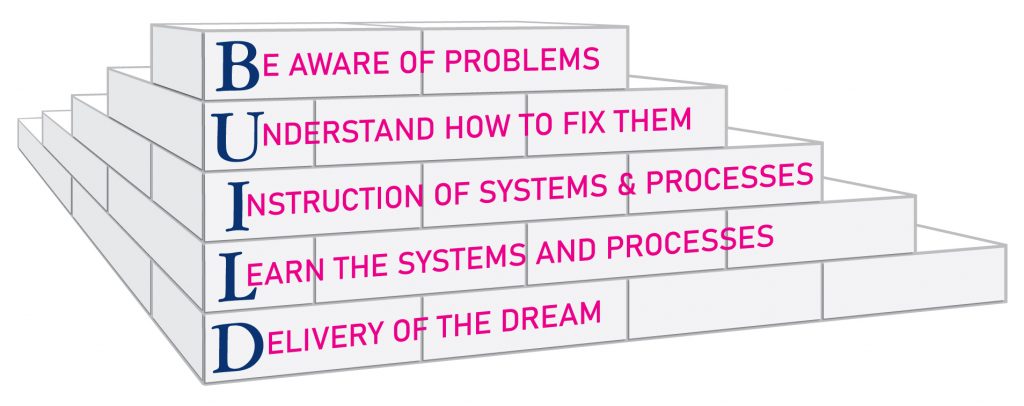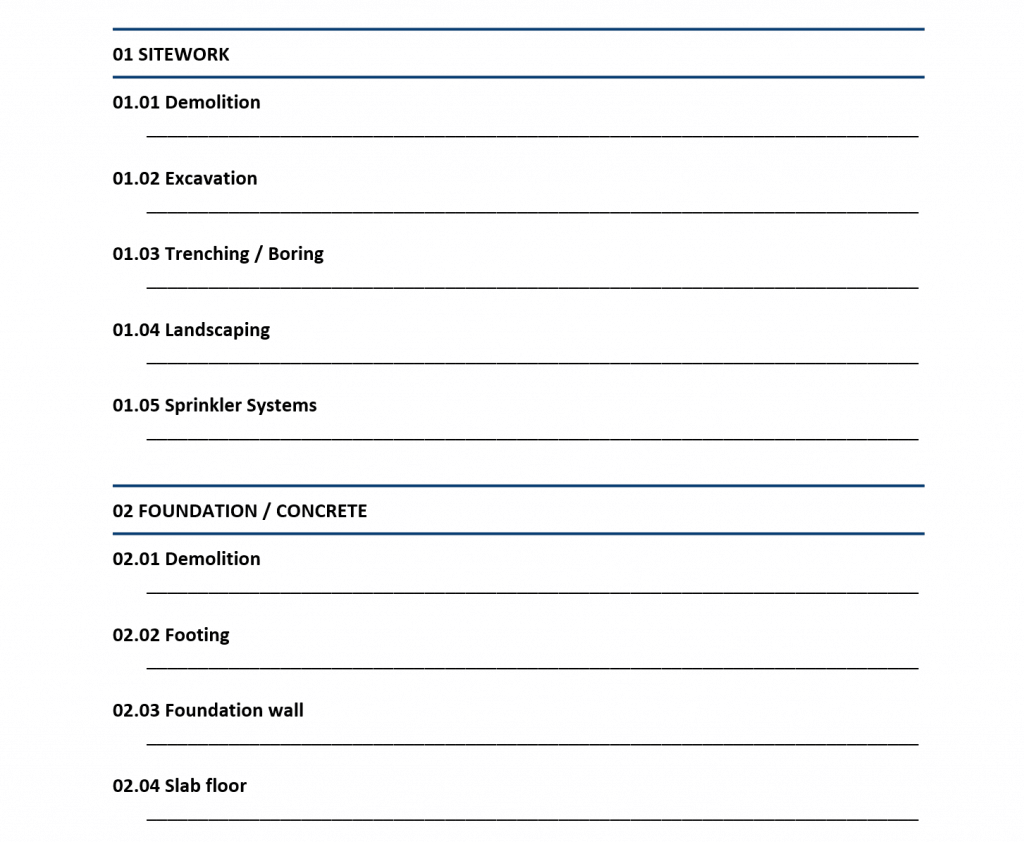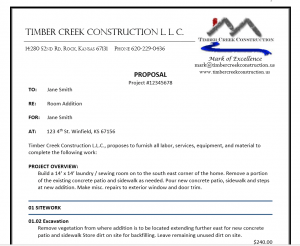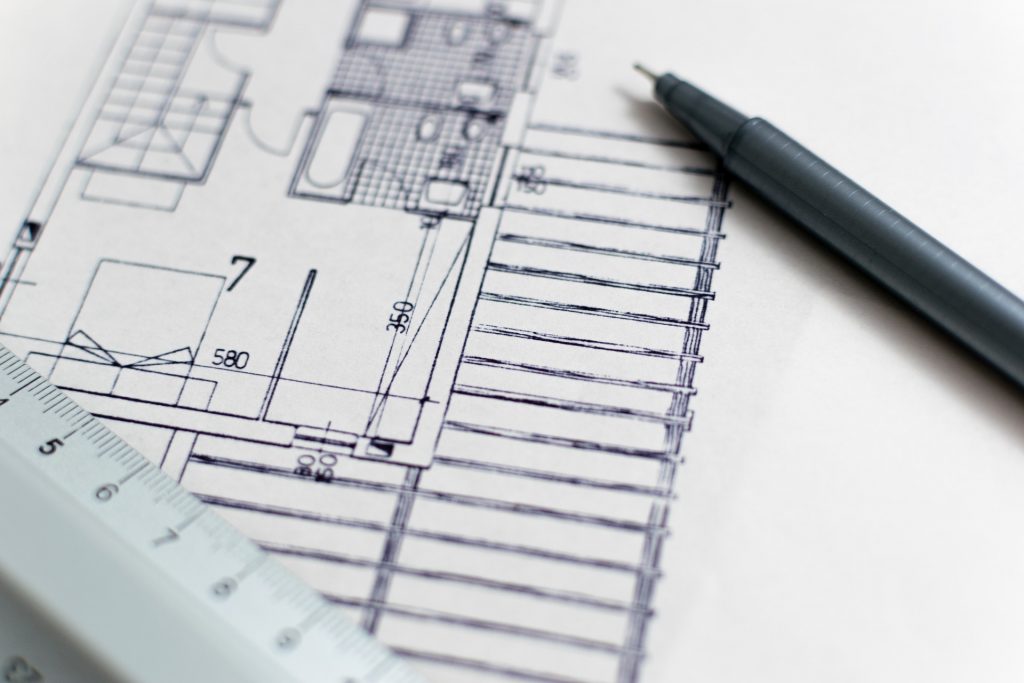And I Don’t Mean Getting a Stocking Full of Coal
The weather is getting cooler, and Halloween has come and gone. This means the holiday season is upon us. Some people like this time of the year more than others, and I get that.
It’s a little like a home construction project. Different people have had different construction experiences…some good and some not so much. The problem with construction is that there are more bad experiences than good, and it shouldn’t be this way.
A home construction project should be like Christmas.
Each day building up excitement of opening a present on Christmas morning as the project progresses. Or the warm, comfortable feeling of sitting in front of a fire with a blanket, hot chocolate, family and friends after the project is finished.

We know what to expect when getting gifts from friends and family. You should have the same sense of trust and comfort when working with a construction company.
I remember one time when I called a customer to give them the production schedule for their construction project, they were relieved to hear from us. They hadn’t heard from us since we met to sign paperwork and get their first payment a few days earlier.
They were concerned that we had taken their money and weren’t coming back.
We’ve all heard the stories of the “storm chasers” that came through town after a storm. They get money for material and then never come back to do the work.
Or what about the guy that was laid off from ‘his job’? He has a pickup, a hammer, and a skill saw. Heck, he built a deck for his buddies’ cousin.
Oh, and don’t forget the kid that worked for a contractor for a couple of months and got fired because he wouldn’t show up to work. He’s now an ‘experienced contractor’.
I read a study years ago that ranked building contractors below used car salesmen. This is not to say that all used car salesmen are bad, but they have, over the years had a stigma of…shall we say…not being the most honest and trustworthy.

For builders to have been ranked below them was very confusing and a little disturbing. I then realized that I viewed my customers differently than most builders.
For me, my customers aren’t just customers, a project, or a way to earn money. They’re friends. When considering what it costs to have a construction project done…
Having a contractor who’s looking out for your needs and has your back is better than hiring someone who just sees you as a paycheck.
As a customer, it’s important to find a builder that will help you make your construction dreams a reality and has your best interests at heart.
To do this you need to know what to look for, so you can find the right builder for you. Here are six things I would recommend when considering which builder, you should hire. –
- Word of mouth – This is the best form of advertising. Find someone that you know and trust that has had a building project done. Ask them who they used and what their experience was like. This will give you a view from someone who is independent of the industry with nothing to gain.
- References – Don’t be afraid to ask builders for references. This is a variation of ‘word of mouth’ to find references in addition to people that you know. A builder should be able to supply you with 3-5 names of past customers that you can follow up with. If not, you should proceed with extreme caution.
- Professionalism – The level of professionalism will vary between contractors. There is not one specific style or level of professionalism that should be used in every instance. What you want is to know that this builder takes what they are doing seriously. You should be concerned if you get a hand-written estimate on a napkin.
- Experience – This comes with time. Not every qualified builder has years and years of experience, but the more years, the more experience. You don’t want to hire that ‘experienced contractor’ I referred to earlier that was fired for not showing up to work.
- Communication – Even small and simple projects require communication. Of course, the bigger and more complex the project the more important it is to communicate. In today’s world there are all sorts of ways to do this. The specifics of how aren’t as important as the doing it is.
- Compatibility – This is the bottom line when it comes to determining who to use. Depending on what is important to you, what your focus is for your project. Find a builder that shares those core values. Each one of us is different. Take the time to get informed and find the best fit for you.
Too many times I’ve become aware of construction projects going badly, leaving customers feeling abused and abandoned. I have heard too many people say the worst experience of their life was a construction project.
A construction project should be one of the best experiences of life, not one of the worst.
Walking onto your finished construction project should feel warm and cozy…like coming home for the holidays.

















 In the first post of this Blueprint for Building A Better Proposal series, I wrote about this communication problem and that
In the first post of this Blueprint for Building A Better Proposal series, I wrote about this communication problem and that 




 In the first post of this Blueprint for Building A Better Proposal series, I wrote about this communication problem and that
In the first post of this Blueprint for Building A Better Proposal series, I wrote about this communication problem and that 




 He asked if this was a problem. My partner told him no, it wasn’t a problem. Guess what…
He asked if this was a problem. My partner told him no, it wasn’t a problem. Guess what…
 What if I told you that there is such a system and you could have it? There is and it’s going to become available in the next few months. Over the next several weeks we are going to breakdown the system, go through the different documents and processes in detail and explain how it works.
What if I told you that there is such a system and you could have it? There is and it’s going to become available in the next few months. Over the next several weeks we are going to breakdown the system, go through the different documents and processes in detail and explain how it works.
 Customer service is a term that has been thrown around a lot. It’s often a marketing slogan rather than a core value. In this fast paced, information overloaded time that we’re living in, it’s easier now than ever to become part of the noise and make unrealistic promises.
Customer service is a term that has been thrown around a lot. It’s often a marketing slogan rather than a core value. In this fast paced, information overloaded time that we’re living in, it’s easier now than ever to become part of the noise and make unrealistic promises.













